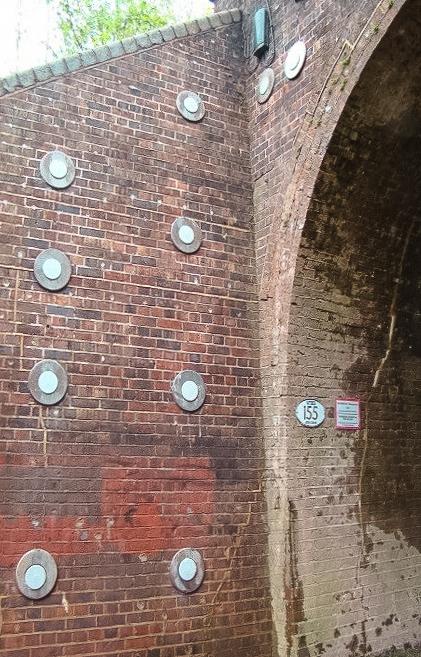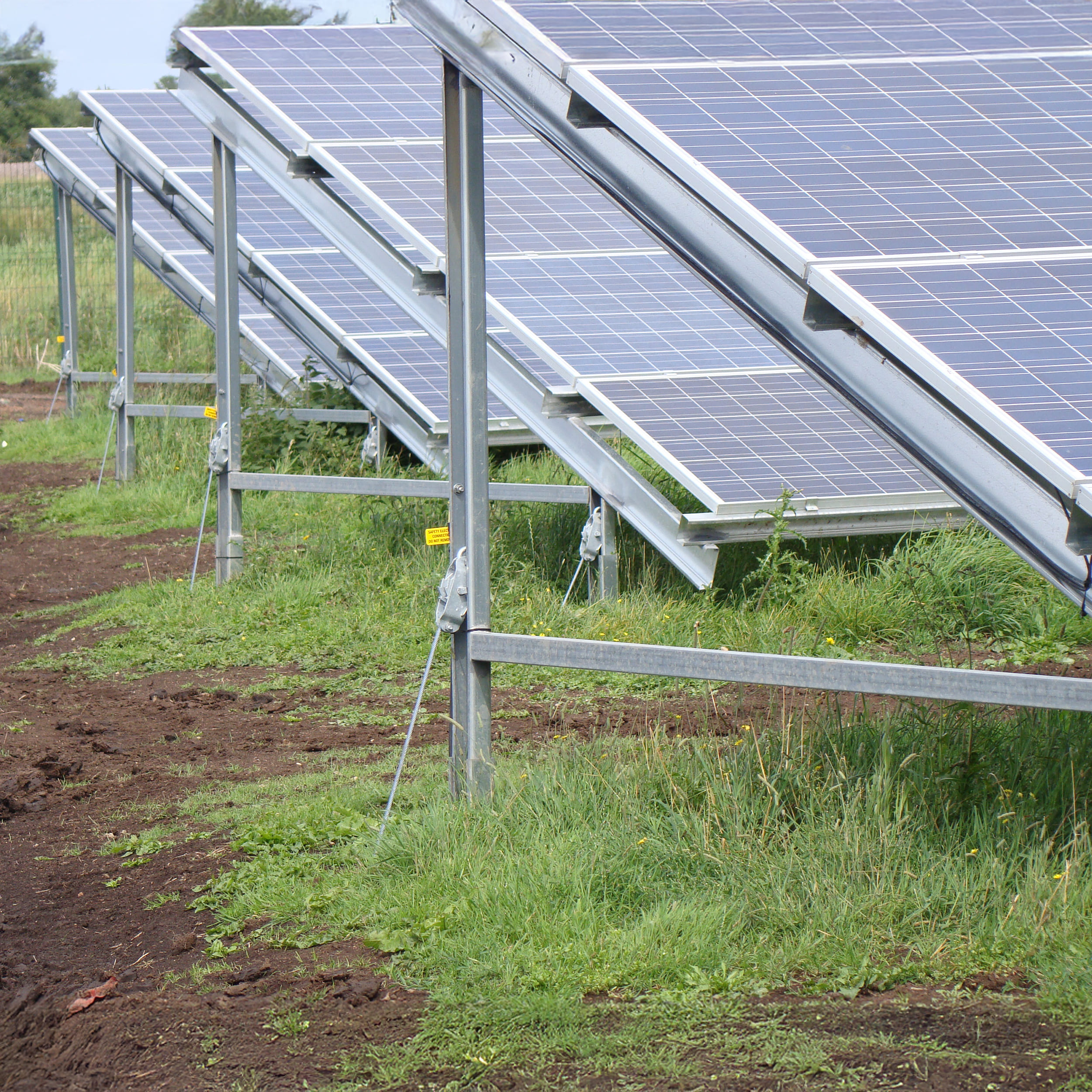Vulcan® Earth Anchors
Vulcan® Earth Anchors secure geotextile mats firmly in place, effectively preventing soil erosion on slopes.
Vulcan® Earth Anchors secure geotextile mats firmly in place, effectively preventing soil erosion on slopes.
The risk of soil erosion is increasing due to heavier rainfall and prolonged drought. Intense rainstorms wash away topsoil, while drought makes the soil brittle and more susceptible to both water and wind erosion. This not only affects the landscape but also causes damage to critical infrastructure such as roads and tunnels. Don’t wait for erosion to occur, take timely action to prevent it. Vulcan® Earth Anchors ensure that geotextile mats remain securely in place, making soil erosion a problem of the past.
SCHEDULE A CONSULTATIONA strong and stable slope starts with the right anchoring solution. Vulcan® Earth Anchors are used on slopes to firmly secure geotextile mats. This combination creates a stable base and prevents soil erosion on embankments. In addition, this solution promotes biodiversity, as vegetation can grow through the geotextile mats. Vulcan® Earth Anchors are available in various sizes and models to meet specific soil conditions and project requirements.




Vulcan® Earth Anchors can be used in a wide range of applications, including:
To ensure every project is completed successfully, we offer on-site support. This guarantees proper installation of our solutions and helps build the foundation for a safe and reliable above-ground infrastructure.
contact usSoil erosion is prevented by stabilising the ground using protective cover, such as geotextile mats. Vulcan® Earth Anchors ensure these mats are firmly secured in erosion-sensitive areas, such as slopes and embankments.
An earth anchor is a metal device that is driven into the ground using a drive rod. It is then tensioned with a jack, causing the anchor to flip and lock into position within the soil. This creates a strong and reliable anchoring point for applications such as geotextile mats, sheet piles, or retaining walls.
Depending on the soil type, an embankment can be stabilised with earth anchors at angles of up to 80 degrees.
A grouted anchor is installed in a pre-drilled hole and secured with a cement-based grout. While this provides strong anchorage, the use of grout is less sustainable. Earth anchors, on the other hand, are mechanically driven into the ground and flip into a locked position when tensioned, without the need for grout. This makes earth anchors quicker and easier to install, and they can be loaded immediately. Thanks to their mechanical anchoring, earth anchors are also more durable and reliable for a wide range of applications. As such, they represent a smart, future-proof solution for secure and sustainable ground fixation.
A slope or embankment is stabilised using geotextile mats combined with anchoring systems such as Vulcan® Earth Anchors. This combination prevents slippage and soil erosion. Additionally, vegetation can grow through the mats, enhancing biodiversity. The choice of anchoring system depends on the soil type, slope angle, and loading conditions.
Yes, Vulcan® Earth Anchors are perfectly suited for anchoring a variety of structures, including retaining walls, sheet piles, cables, pipelines, and solar panel installations. They provide a strong and reliable hold without the need for concrete and can be loaded immediately after installation.
The Vulcan® Earth Anchor is installed into the ground using a drive rod until it reaches the predetermined depth. It is then tensioned using a jack, causing the anchor to rotate and lock itself into the soil. After that, the toggle anchor is connected to a mounting plate at the surface via the rod.
Anchor depth typically ranges from 1 to 12 metres, depending on the application and load requirements. In structural applications—such as slope or retaining wall stabilisation—the potential slip plane must be taken into account. For anchoring objects, fixed depths are generally specified.
Yes, a site-specific test is carried out in advance to evaluate the anchor’s performance in the given soil conditions. This allows for the correct anchor configuration to be determined, ensuring safe and efficient project execution. It also helps to avoid surprises during installation.
The lifespan of the anchor depends on soil composition, environmental conditions, and the material used for the anchor body and tendon.
Spacing usually ranges between 1 and 1.5 metres. A good rule of thumb is to maintain a minimum spacing of five times the anchor’s width to prevent load overlap. For smaller spacing, adjustments must be made to installation position and angle to avoid interaction between anchors.
The Vulcan® range is designed and rated based on performance in average to weak soils. Higher load capacities can be achieved in denser or harder ground layers.
The Standard Penetration Test (SPT) indicates soil strength. Vulcan® Earth Anchors perform best in soils with an SPT value between 5 and 60, with an optimal range between 15 and 35.




Request a free consultation with our experts or request a quote directly!